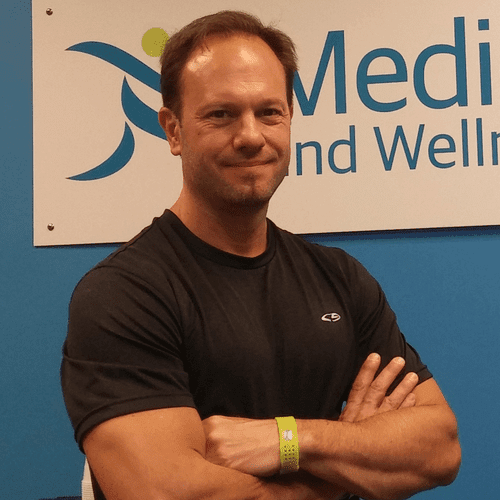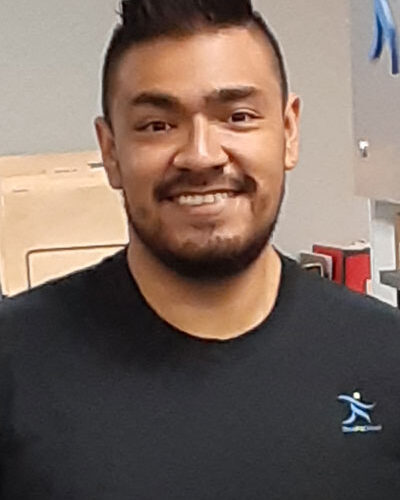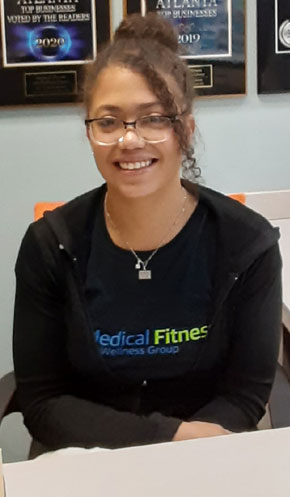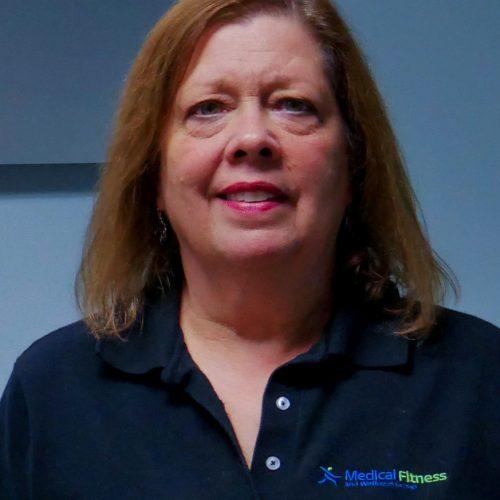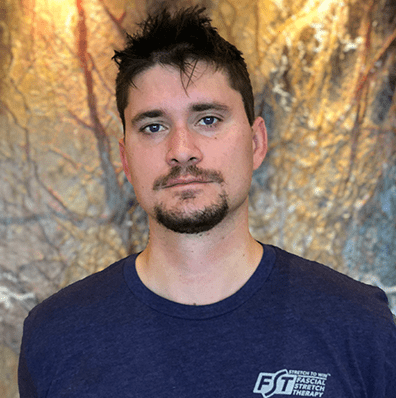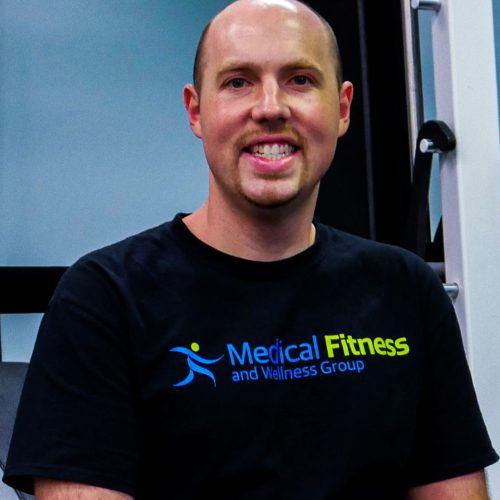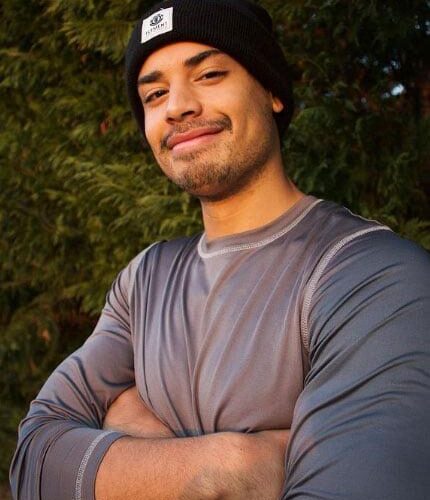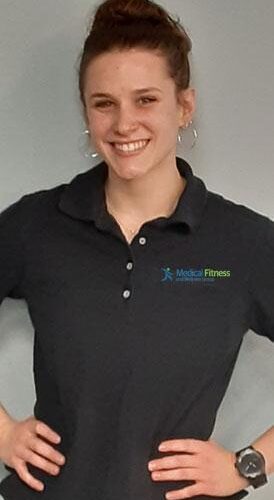
23 May Myofascial Release for Pain-Free Living
Pain can be debilitating and can significantly impact one’s quality of life. While medications can provide temporary relief, they often come with unwanted side effects. In recent years, alternative therapies such as myofascial release have gained popularity for their ability to relieve pain and improve overall well-being. In this article, we will discuss what myofascial release is and how it can help alleviate pain.
What Is Myofascial Release?
Myofascial release is a manual therapy technique that targets the fascia – the thin layer of connective tissue that surrounds muscles – to release tension and improve mobility. It involves applying sustained pressure to the affected area using hands, elbows, or other tools to stretch and manipulate the fascia. The goal of myofascial release is to restore proper alignment and function to the affected area.
How Does Myofascial Release Relieve Pain?
Myofascial release can help relieve pain in several ways. Firstly, it can help break up adhesions – areas of tissue that have become stuck together – that are causing pain or restricting movement. By applying pressure to these areas, myofascial release can help free up the tissue and restore movement.
Secondly, myofascial release can help improve circulation to the affected area. By manipulating the fascia, blood flow to the area is increased, bringing essential nutrients and oxygen to the tissues. This can help speed up the healing process and reduce pain.
Finally, myofascial release can help activate the body’s natural pain-relieving mechanisms. By applying pressure to the affected area, the body releases endorphins – natural painkillers that can provide relief from pain and promote a sense of well-being.
What Conditions Can Myofascial Release Help With?
Myofascial release can be used to treat a wide range of conditions, including:
- Back pain
- Neck pain
- Shoulder pain
- Headaches
- Fibromyalgia
- Plantar fasciitis
- Carpal tunnel syndrome
- Tennis elbow
- Sciatica
Myofascial release can also be beneficial for athletes looking to improve their performance and prevent injuries.
What To Expect During a Myofascial Release Session?
During a myofascial release session, the therapist will first assess the affected area to identify any restrictions or areas of tension. They will then apply sustained pressure to the affected area using their hands, elbows, or other tools to manipulate the fascia.
Myofascial release can be uncomfortable at times, particularly if the area being treated is particularly tight or sensitive. However, the therapist should work within the client’s comfort level and adjust the pressure as needed.
Sessions typically last between 30 and 90 minutes, depending on the severity of the condition being treated. Most clients will require multiple sessions to achieve optimal results.
Is Myofascial Release Safe?
Myofascial release is generally considered safe when performed by a qualified therapist. However, as with any manual therapy, there are some risks involved. These include:
- Bruising or soreness at the site of treatment
- Increased pain or discomfort, particularly if the area being treated is already inflamed or injured
- Rarely, injury to nerves or blood vessels
It is important to discuss any concerns with your therapist before beginning treatment.
Conclusion
Myofascial release is a safe and effective way to relieve pain and improve mobility. By targeting the fascia, myofascial release can help alleviate pain, improve circulation, and activate the body’s natural pain-relieving mechanisms. It can be used to treat a wide range of conditions and is generally considered safe when performed by a qualified therapist. If you are experiencing pain or restricted mobility, consider giving myofascial release a try.
Ready to experience a new level of rehabilitation? Join Medical Fitness and Wellness Group for personalized training programs, nutrition coaching, and myofascial stretching techniques. Start your journey to a pain-free, healthy lifestyle today!
Please note: Because the stretches and postures involved in this technique are very precise, instruction by a trained and fully certified professional is required. We have noticed a surge recently in the Johns Creek and surrounding area of Stretch franchises Including Stretch Zone and Stretch Lab that are opening up. They do not offer Myofascial stretch which is a deeper stretch and more medically based. Please know that our Stretch Therapists are highly trained with the best and most respected certification you can receive through the Stretch to Win Institute. We do offer assisted passive stretch as well like Stretch Zone and Stretch Zone if that is what you are looking for, but Please know that Myofascial stretch is completely different. You can call us for more information. (770)623-4078



